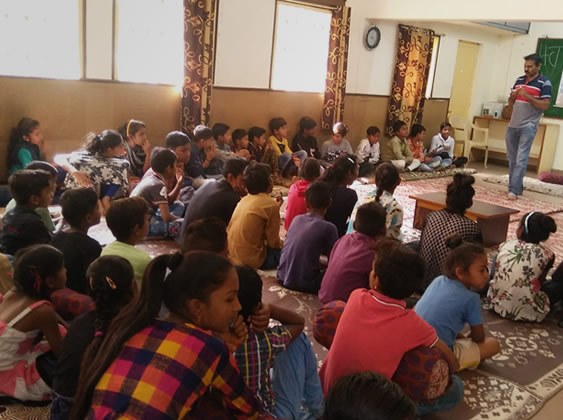Strategy
HUMAN DEVELOPMENT AND RESEARCH CENTRE
St. XAVIER’S NON-FORMAL EDUCATION SOCIETY
To carry out its mission, Human Development and Research Centre (HDRC) combines two important aspects of developmental strategy: active involvement and direct intervention at the grassroots level through community organizing; and conceptualizing that involvement through research, training, critical reflection and academic courses.
The essential principle is that ‘Local peoples’ (PO) or community based organization (CBO) is created and promoted by HDRC and eventually it is owned, controlled and managed by the people’; has remained at the core of the HDRC’s interventions, capacity building of the members and staff of peoples’ organizations and the marginalized communities of those geographic areas are of prime importance for HDRC for development, empowerment and raising voice against human rights violation, especially in form of killing, intimidation – mental or physical torture, discrimination, etc.
HDRC is working for development, rights and empowerment of Dalits, Tribals, Other Backward Classes, Religious Minorities, Women and Children.
